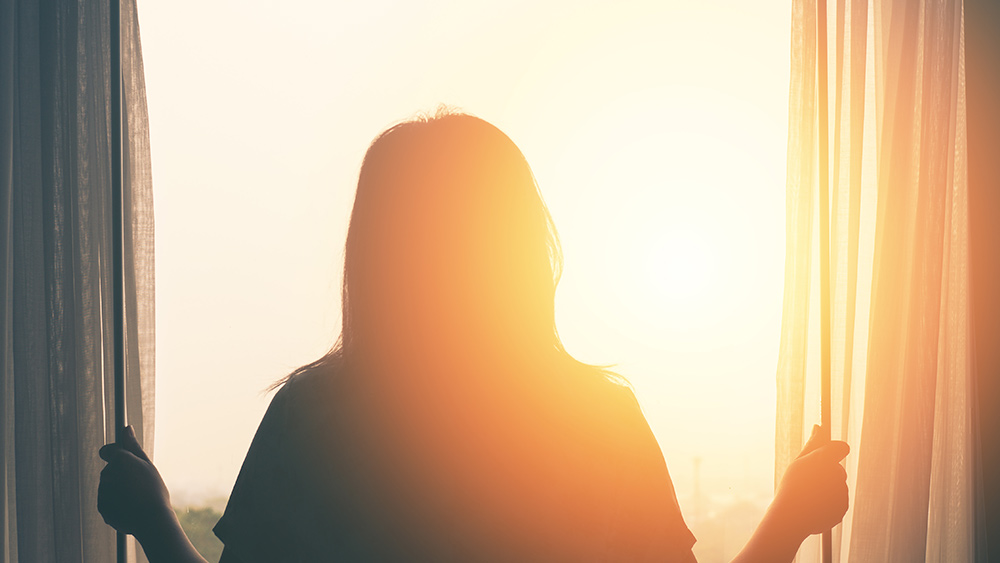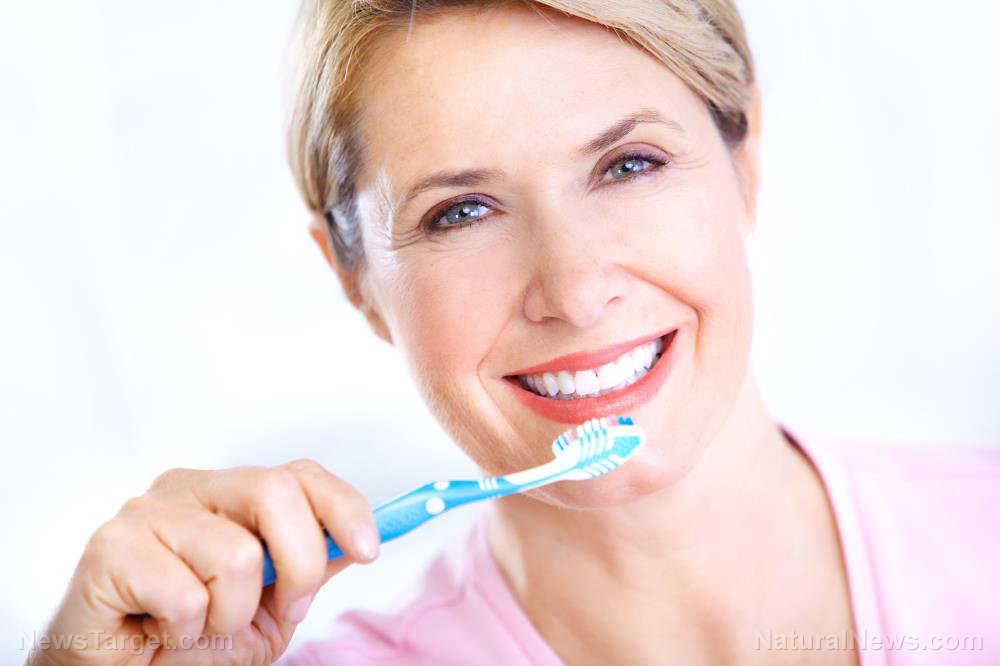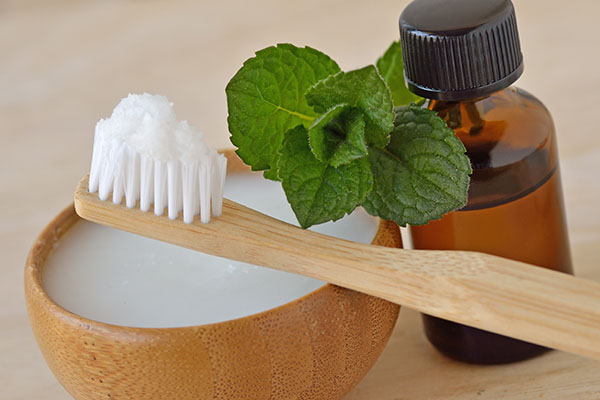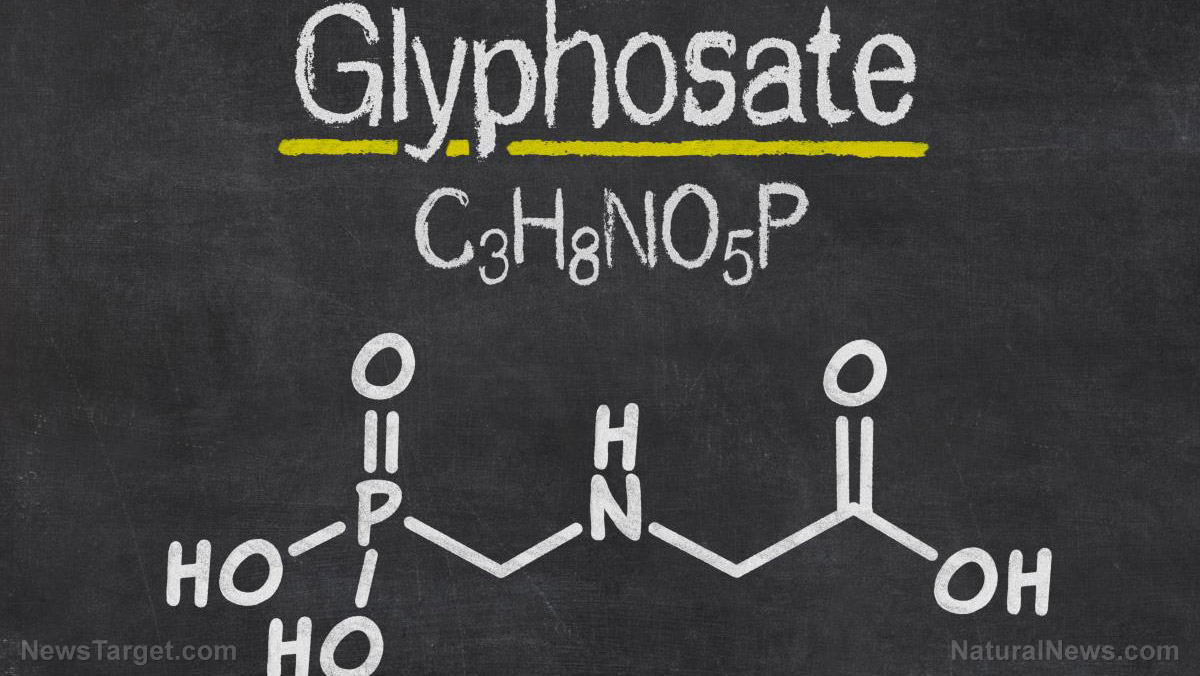Better late than never? EPA finally takes step to examine toxic chemicals in children’s toys
09/22/2022 / By Mary Villareal

New parents will be surprised to find that their homes, no matter how they try to make them clean and sanitary, can still be a toxic place for children.
A recent report revealed that the Environmental Protection Agency (EPA) is now proposing to add to its list a group of common plastic additives used in household items such as children’s toys.
Last August, the EPA proposed adding the class of diisononyl phthalates (DINP) to its list of toxic chemicals. Despite the proposal being raised only recently, this isn’t the first time that the safety of these chemicals has been questioned, as the petition to include DINP on the toxic chemicals list actually started in 2000 – 22 years ago – by the Washington Toxics Coalition.
However, it has taken the EPA only now to move forward with the rule.
DINP will now be subjected to the Toxics Release Inventory (TRI) requirements for reporting. This means that facilities that process or manufacture over 25,000 pounds of these chemicals in a year, or use over 10,000 pounds of them, must report the information to the TRI.
The rule also allows greater public access to information regarding these toxic chemicals to educate people and give them a better chance at protecting themselves. Since the EPA also seems to be starting to list toxic chemicals by class, manufacturers may also have a harder time swapping out one harmful chemical for another.
DINP and other plastic additives are particularly dangerous to both human health and the environment because they have chemicals that are suspected carcinogens and endocrine disruptors.
The European Food Safety Authority has already declared them as endocrine-disrupting compounds, saying that DINP chemicals interfere with hormonal function.
They may also be associated with negative developmental effects and liver and kidney toxicity. Given their concerning risks, it also comes as no surprise that the chemicals could be placed on the list of toxic chemicals.
What’s alarming is the prevalence of these plastic additives as well as other phthalates, bisphenols and endocrine-disrupting compounds that can be found in everyday products from toys to flooring to fabrics. BPA is one of the most well-known examples of harmful plastic additives.
Manufacturers like using these additives because they make products softer or more flexible, but at a huge cost. These chemicals come with potential for irreversible and chronic health effects.
Minimizing exposure to toxic chemicals
Plastic additives and other toxic chemicals can be difficult to avoid, but there are ways to minimize exposure. Start by looking for products that are made with all-natural or plant-based ingredients, and avoiding those with extensive lists of hard-to-pronounce ingredients.
While toys help in encouraging the development, creativity and imagination in children, they can be made with dangerous chemicals such as BPA, phthalates, lead, formaldehyde, flame retardant chemicals and PVC.
Babies are exposed to these dangerous chemicals since they come out of the womb. They are given teethers and pacifiers that could expose them to harmful chemicals. (Related: BPA alternative present in plastic just as harmful to embryonic development and reproductive system in animal study.)
As children grow, it also becomes harder to avoid plastic toys altogether, and parents need to remain vigilant and recycle the toys when they become worn or when clear plastic becomes cloudy.
Parents can opt for toys made of wood or natural materials over plastics while also opting for organic food and clothing as much as possible. While it may be difficult to completely eliminate plastic additives, people can minimize exposure to them.
Visit Chemicals.news for more news on dangerous chemicals.
Watch the video below to know how nanoparticles can be toxic.
This video is from the TKWK T.V channel on Brighteon.com.
More related stories:
Toxic chemicals from plastic waste are migrating into food and harming soil, warn experts.
Sources include:
Submit a correction >>
Tagged Under:
children's health, children's toys, diisononyl phthalates, DINP, EPA, parenting, plastic, plastic toys, plastics, poison, products, toxic chemicals, toxic ingredients, toxins
This article may contain statements that reflect the opinion of the author
RECENT NEWS & ARTICLES
HealthScience.News is a fact-based public education website published by Health Science News Features, LLC.
All content copyright © 2018 by Health Science News Features, LLC.
Contact Us with Tips or Corrections
All trademarks, registered trademarks and servicemarks mentioned on this site are the property of their respective owners.




















